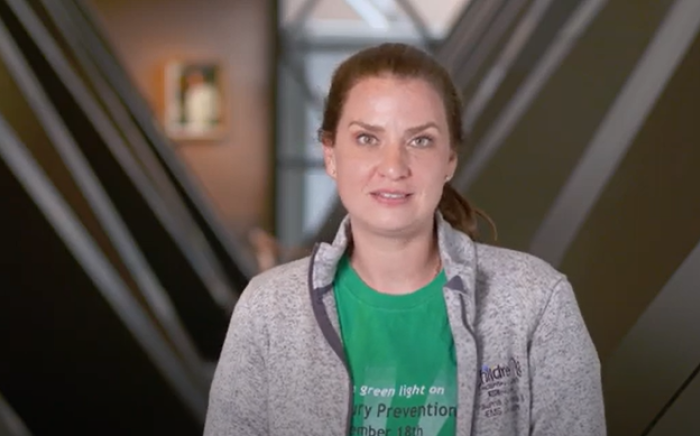An increasing number of boys and girls are playing recreational and organized sports. As a result, there is a rise in the number of overuse injuries seen among children and adolescents. The majority of sports and overuse injuries are due to minor trauma involving soft tissue injuries--injuries that affect the bone, muscles, ligaments, and/or tendons.
One such injury is Spondylolisthesis. The injury is marked by back pain. This condition is caused by excessive flexion and extension of the low back. X-rays show that a part of one vertebra in the low back slips forward on the vertebrae below it. It is commonly seen in football linemen, gymnasts, and ice skaters.
Overuse injuries can also lead to stress fractures. Stress fractures are weak spots or small cracks in the bone caused by continuous overuse. Stress fractures often occur in the foot after training for basketball, running, and other sports. There usually is no swelling, but pain and tenderness often increase during movement.
What causes spondylolisthesis?
Pars defects are caused by overuse of the low back, mainly from sports that involve repetitive back bend-like motions. Examples include: gymnastics, football, diving, etc. Sometimes children are born with a very thin pars area which puts them at increased risk for this injury.
What are the symptoms of spondylolisthesis?
- Low back pain-may feel like muscle strain
- Pain that increases with activity and decreases at rest
- Pain that increases when bending backward, “superman move”
- Pain that goes down the legs
- Bowel and bladder symptoms
- Tight hamstrings and quad tightness
How is it diagnosed?
A diagnosis is made with physical exam, x-rays, and patient history. In some cases a bone scan, CT scan, or MRI is needed for further assessment and planning.
Treatment of an overuse injury
Specific treatment for an overuse injury will be determined by your child's doctor based on:
-
Your child's age, overall health, and medical history
-
Extent of the condition
-
Type of condition
-
Your child's tolerance for specific medications, procedures, or therapies
-
Expectations for the course of the condition
-
Your opinion or preference
The goal of treatment is to control the pain, promote healing, prevent complications, and restore normal use of the injured area.
Initial treatment for overuse injuries includes R.I.C.E. (rest, ice, compression, and elevation).
Be sure to consult your child's doctor if there is a prolonged, visible deformity of the affected area, or if severe pain prevents use of the arm, leg, wrist, ankle, or knee.
Other treatment options may include:
-
Medications
-
Activity restrictions
-
Splint or cast
-
Crutches or wheelchair
-
Physical therapy (to stretch and strengthen the injured muscles, ligaments, and tendons)
-
Surgery (especially if the injury is reoccurring, there is persistent pain, or if a muscle, tendon, or ligament is badly torn)
Long-term outlook for children with overuse injuries
Overuse injuries heal quite quickly in children. It is important that the child adhere to the activity restrictions and/or stretching and strengthening rehabilitation programs to prevent reinjury.
Most sports injuries are due to either traumatic injury or overuse of muscles or joints. Many sports injuries can be prevented with proper conditioning and training, wearing appropriate protective gear, and using proper equipment.
To request an appointment with a physician at St. Louis Children's Hospital, call 314.454.5437 or 800.678.5437 or email us.












